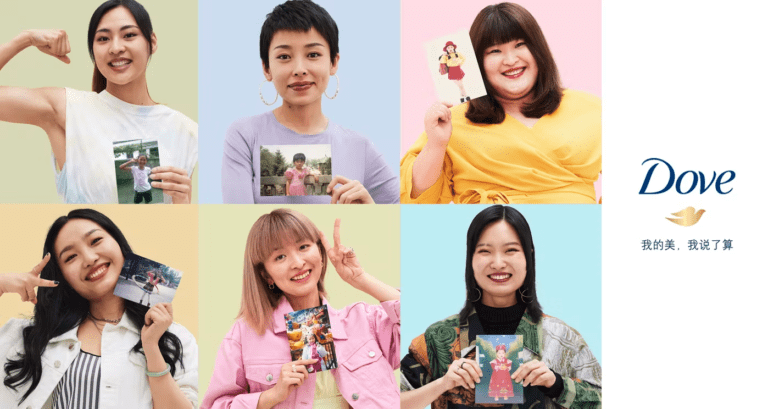In China, there is a growing trend of “She-economics” (她经济, Tā jīngjì). This involves the use of female-focused marketing strategies.
Female shoppers in China spend $1.58 trillion on purchases each year. As a result, these Chinese consumers are the third-largest consumer group in the world.
Many of the products they buy are for their happiness and self-improvement. These include cosmetics, luxury goods, gym memberships and more.
Many companies are creating campaigns to appeal to these consumers. These campaigns focus on female empowerment.
They make up a growing marketing strategy called “Femvertising.”
Let’s look at the campaigns by Dove and L’Oréal around International Women’s Day. Their ads used female empowerment — or “She-economics” — to appeal to women in China.
Dove: “My Beauty, My Say” (我的美,我说的算)
Dove launched their “My Beauty, My Say” campaign in 2016. These advertisements encourage women to redefine their relationships with existing beauty standards.
Through this project, Dove promotes messages that emphasize improving women’s self-esteem.
For International Women’s Day, Dove expanded this campaign to China. Their advertisement featured five young women discussing their experience with Chinese beauty standards.
Sharing their stories, these women described their own insecurities with their bodies. They highlighted their struggles with societal expectations of beauty for women in China.
In this ad, Dove focuses on the “digital beautification” trend in China. The women in the interview explain that they always edit photos of themselves.
Existing data shows that photo editing is very common in China. 78 percent of women reported retouching images of themselves before posting online.
The documentary concludes by encouraging women to embrace their “unique and unaltered” beauty.
[zombify_post]


0 Comments